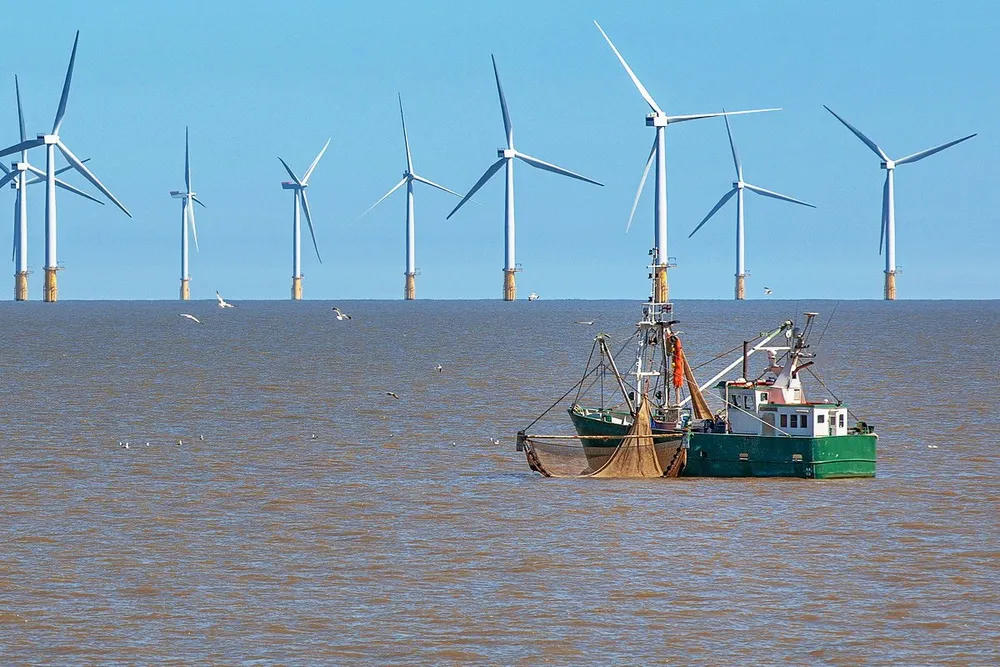‘Less philanthropy, more business’: World Bank tackles offshore wind community benefits
World Bank paper with help from Orsted, SSE and Equinor aims to help guide developers how to approach community benefits in emerging markets

Offshore wind developers should consider speed dating, beware the mushroom effect and avoid “penny wise, pound foolish” schemes when considering community benefits for projects, say World Bank experts as they launch a new paper on the topic.
The World Bank today published a paper exploring the strategic value of community benefits for offshore wind projects and their social acceptance more generally.
Drawing from more than 30 case studies from 18 different energy markets worldwide, the paper forms part of the World Bank’s offshore wind development programme, which aims to accelerate offshore wind development in emerging markets.
Community benefits play a “pivotal role” in shaping fostering relationships and trust between communities and offshore wind projects,” said Maria Arsenova, community benefits sharing lead at the International Finance Corporation, an arm of the World Bank.
“This paper outlines five key principles for the successful development and delivery of these initiatives: a strategy tailored to the local context, a phased engagement approach, appropriate resource allocation, proactive collaboration and transparent communication.”
These companies have refined models over many years in developed markets such as the UK, she said, but in emerging offshore wind markets with different players involved, there is less established practice.
One of the main models developers use in developed markets setting up a community fund. Arsenova warned however that an issue with this approach is when various funds spring up in one area at the same time through different projects – “you start to have a mushroom effect.”
It is therefore important for developers to take a “step back” and consider the bigger picture before launching such schemes, she said.
Orsted’s work in establishing the Humber Offshore Wind Cluster in the UK, where stakeholders in eight operational offshore wind farms collaborated on how to approach issues including community benefits, is an example the paper highlights of how stakeholders can work together effectively.
‘Less philanthropy, more business’: shifting attitude to indigenous groups
In the offshore wind industry, there is a lack of data on increased costs caused by poor community relationships, says the paper. “However, experience from other renewable energy sectors suggests that the impacts can be severe.”
It highlights the struggles Italy’s Enel faced developing an onshore wind farm in Colombia that faced resistance and blockades by the indigenous Wayuu people. In Australia, objections to onshore projects have often centred on impacts on local communities and relations with traditional indigenous land owners.
The paper considers an example of how the Gunaikurnai Land and Waters Aboriginal Corporation (GLaWAC) – the legal representative of the Gunaikurnai people, the traditional custodians of the land and sea in most of present-day Gippsland, Australia – participated in the awarding of seabed licenses for offshore wind developers.
During the application process, GLaWAC hosted “speed-dating” sessions with offshore wind developers, reinforcing the principles and values articulated in its renewable energy strategy.
The approach of developers to working with indigenous groups has shifted in recent years, said Arsenova.
A decade ago, this was approached through the lens of “corporate social responsibility,” she said. “It was really about the chairman of the company saying, ‘I want to do this because I want to help people.’ So it was much more philanthropic.”
Now, as the industry and its relationships with indigenous groups matures, these issues are more “grounded in the business case,” she said.
“If a group of indigenous communities is saying to you, ‘You better engage with us. This is this is our roadmap. And we want to have speed dating sessions with you to understand which of the developers we like better.’ That sounds like a business driver to do it well and to really consider First Nations concerns and priorities seriously.”
Direct cash payments: ‘Penny wise, pound foolish’?
In the UK, determined local opposition in rural areas to new renewables projects and related infrastructure – notably pylons for power grids – has forced fresh thinking on community benefits.
Sean Whittaker, co-lead of the World Bank offshore wind development programme, cautioned that there remains a huge benefit in taking what he said was a more “sophisticated approach” to this issue.
Developers must still engage with communities and instead of simply putting money into funds managed by people they don’t know, he said. “I think developers find that’s penny wise and pound foolish.”
“The paper really clearly shows is that taking a more sophisticated, a more patient, a more ground-level approach ultimately yields benefits, not just for the community, but for the project itself and for the developer.”
“They have a social license to operate, and you can't put a price on a social license to operate.”
(Copyright)